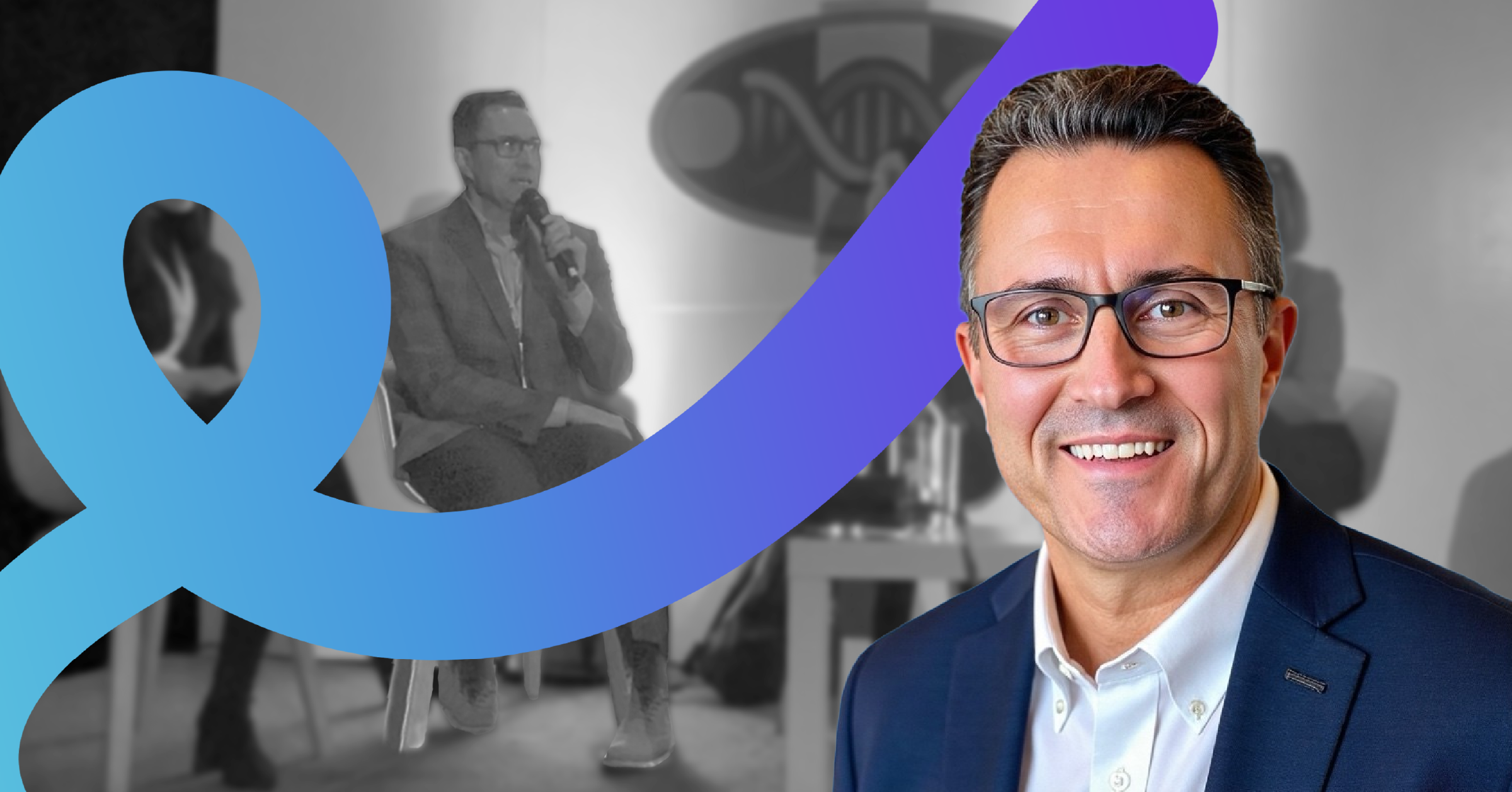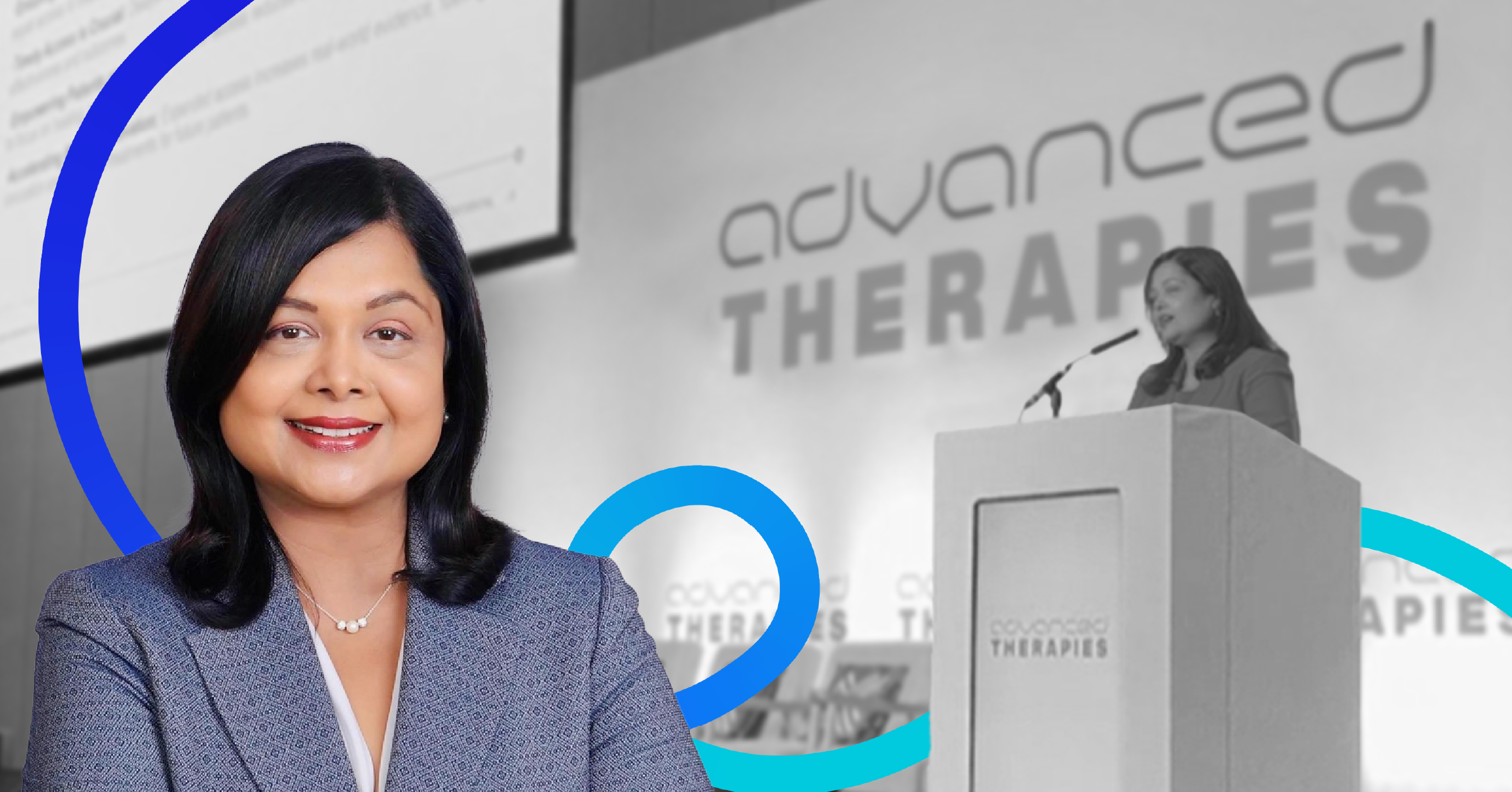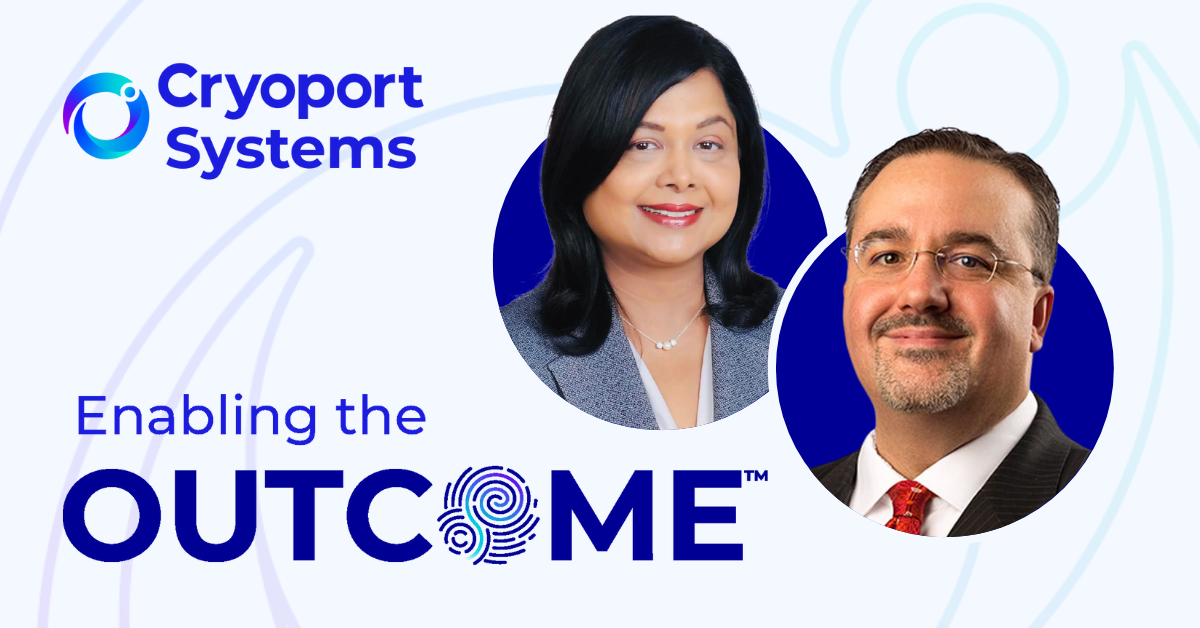Transforming Patient Access to CGT: Q&A with Aruna Mor
Aruna Mor, Chief Commercial Officer at Cryoport Systems, recently delivered a powerful keynote at Advanced Therapies Congress in London, shedding light on the complexities of patient access and the critical steps needed to overcome these barriers. We sat down with her to delve deeper into some of the key themes of her keynote, exploring the intersection of science, logistics, supply chain, regulation, and collaboration that will determine the future of Cell and Gene Therapy (CGT). Aruna offers her insights into the current state of the industry, the role of global collaboration, and the path forward in ensuring that these life-saving therapies reach those who need them most.
Q: Aruna, your keynote at the Advanced Therapies Congress focused heavily on the challenge of patient access in the Cell and Gene Therapy (CGT) field. Can you explain why this issue remains such a critical barrier, despite the incredible progress we’ve seen in the science?
Aruna: While the scientific breakthroughs in CGT have been nothing short of revolutionary, the path from the laboratory to the patient is still fraught with challenges. The therapies themselves are incredibly complex and often require highly specialized management, handling and delivery systems. As we see these treatments transition from the research phase to commercialization, the focus shifts to how we can effectively get these life-saving therapies into the lives of patients who need them. This involves navigating regulatory landscapes, establishing robust supply chains, and managing issues related to patient access across diverse geographies. It’s not just about the science, it’s about ensuring the right systems are in place to support those therapies, which is where the real bottleneck exists.
Q: In your address, you mentioned the need for a “comprehensive approach” to overcoming the patient access challenge. What does this approach entail, and how can stakeholders across the industry contribute?
Aruna: A comprehensive approach, to me, means looking at the entire patient journey from research and development to delivery. It’s about creating a seamless ecosystem where clinical trials, logistics, supply chains, regulatory requirements, and healthcare systems all work together to ensure that a therapy reaches the patient at the right time and in the right condition. Collaboration is key here, whether it’s between biopharmaceutical companies, supply chain providers, regulators, or healthcare professionals. At Cryoport Systems, for example, we understand the critical role that temperature-controlled logistics and supply chain management play in delivering these therapies safely and efficiently. We partner with industry leaders to provide the infrastructure and solutions that ensure therapies are handled with the utmost care and compliance, regardless of location or complexity.
Q: You highlighted the importance of global access, especially for therapies that may be restricted due to geographical, regulatory, or logistical barriers. How can the industry address these challenges on a global scale?
Aruna: Expanding global access to CGT requires creating a network that transcends regional barriers. It’s about ensuring that no matter where a patient is located, they can access these life-changing therapies. That means building scalable, flexible systems that can handle the nuances of different markets, whether it’s dealing with local regulatory frameworks or addressing supply chain challenges in remote regions. This is an area where integrated solutions are crucial. For instance, with our Global Supply Chain Hub in Stevenage, U.K., we’ve created a strategic gateway that allows for efficient, compliant, and flexible delivery of therapies across borders. It’s about creating local hubs that can connect patients with the resources they need, all while ensuring that the integrity of the therapies is maintained throughout the journey.
Q: Another point you made in your keynote was the variability in manufacturing processes for CGTs, which can have a direct impact on patient access. How can the industry work to standardize and streamline manufacturing to improve patient outcomes?
Aruna: Standardizing manufacturing processes is essential for ensuring that CGTs are scalable and reliable. Variability in the manufacturing of starting materials or in the cryopreservation process can introduce risks that ultimately affect the consistency and efficacy of the final product. What we need are standardized, reproducible processes that reduce this variability and ensure a more predictable supply chain. This is where companies like Cryoport Systems, with some of our newer offerings like our IntegriCell™ cryopreservation services, are making a significant impact. IntegriCell™ offers a standardized cryopreservation process that optimizes cellular viability and ensures consistency across multiple sites, which not only improves outcomes but also simplifies logistics. By minimizing variability in the supply chain, we can create a more reliable path to access for patients worldwide.
Q: You mentioned the role of regulators in shaping patient access to CGTs. How can regulatory frameworks evolve to support the growth of this sector, particularly in light of its unique challenges?
Aruna: Regulatory frameworks need to evolve in ways that balance patient safety with the need for rapid innovation. The CGT field is evolving so quickly that traditional regulatory pathways sometimes struggle to keep pace. It’s crucial for regulators to adopt more flexible, adaptive approaches that account for the complexities of these therapies, including their individualized nature and the critical role of the temperature-controlled supply chain. In some cases, accelerated approval processes or more flexible clinical trial requirements can help speed up access, while still ensuring that safety and efficacy are closely monitored. There is also a growing need for harmonized regulatory standards across regions to simplify the process for companies looking to bring therapies to multiple markets. Collaboration between the industry and regulators is key to creating a more supportive regulatory environment.
Q: Finally, with all the obstacles that still exist, where do you see the future of CGT headed? What’s next for this rapidly advancing sector?
Aruna: I believe we’re on the cusp of a transformative shift in how we think about healthcare. CGT has the potential to reshape the treatment landscape for many diseases, offering solutions where there were none before. However, for this potential to be fully realized, we need to focus on building sustainable, scalable infrastructure that can support global access. This includes not just manufacturing and logistics but also ensuring that these therapies are affordable and accessible to all patients, regardless of their location or socioeconomic status. We are in the early stages of this journey, and it will take continued innovation, collaboration, and commitment from every stakeholder in the ecosystem. At Cryoport Systems, we’re proud to be at the forefront of this effort, providing the critical infrastructure and solutions that ensure patient access remains a top priority. The future is bright, and while there are certainly still challenges ahead of us, we’re more equipped than ever to meet them head-on.
The future of CGT is promising, but to fully unlock its potential, the industry must continue to address the challenges of patient access, regulatory frameworks, and manufacturing standardization. As Aruna highlights, the need for collaboration and innovation across the entire ecosystem is essential. By working together and embracing new solutions, stakeholders can ensure that the benefits of these groundbreaking therapies are not limited by geography, complexity, or cost. With leaders like Aruna guiding the way, the CGT sector is poised for a future where life-changing treatments become accessible to all patients who need them. Our sincere thanks to Aruna for sharing her time and expertise with us.



